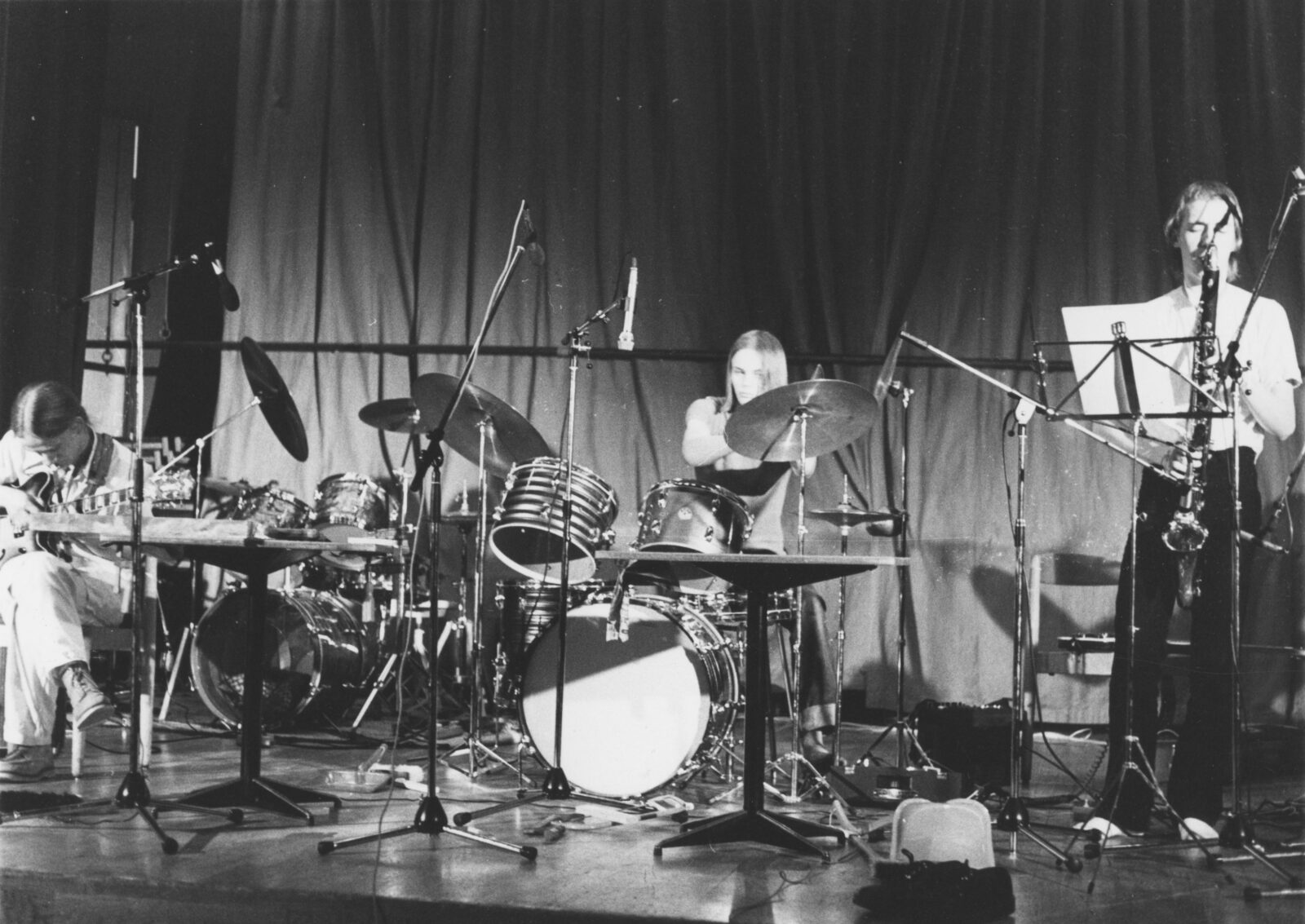Bauta Records | Interview | Lars Lachen Jonsson
Bauta Records is a very interesting label releasing new music, beyond the conventional categories and genres.
Lars Lachen Jonsson founded the label many years ago. The label recently released a new album by trio Fontana Re:Mix. This is a revival of an old ensemble by Jonsson from around 1980. ‘Traces of Time’ is presenting a new and unique musical style, based on improvisation. Jonsson also built a recording studio called The Forest. It has an important part in the creation of his music. In the studio he combines instruments and sounds of different kinds. Inspiration comes all the way from medieval songs, through the romantic classical era, to art rock and improvised music. Jonsson also works with sounds in exhibitions. He has collaborated with Swedish artist Göran Littorin and others. His musical journey started in the 70s with his brother Mats experimenting with sounds, then continued in Fontana Mix, Zut Un Feu Rouge, Ur Kaos and so much more.
How did you first get interested in music and what can you tell us about some of the early influences?
Lars Lachen Jonsson: Music was played and sung in my home. I was influenced by my older brothers and sister. This was also in the period of new Swedish (and international) progressive music, with radical new ideas. Together with my brother Mats we created instrumental music which was influenced by artists such as Bo Hansson (‘Lord of the Rings’) , Samla Mammas Manna and Ragnarök. Mike Oldfield was also important. We recorded music on a theme of old nordic mythology (Edda poems).
Much later I took these tapes, enhanced the sound quality, and published the music on the LP ‘Asken Yggdrasil’ on Bauta Records. This was in the mid 70’s.
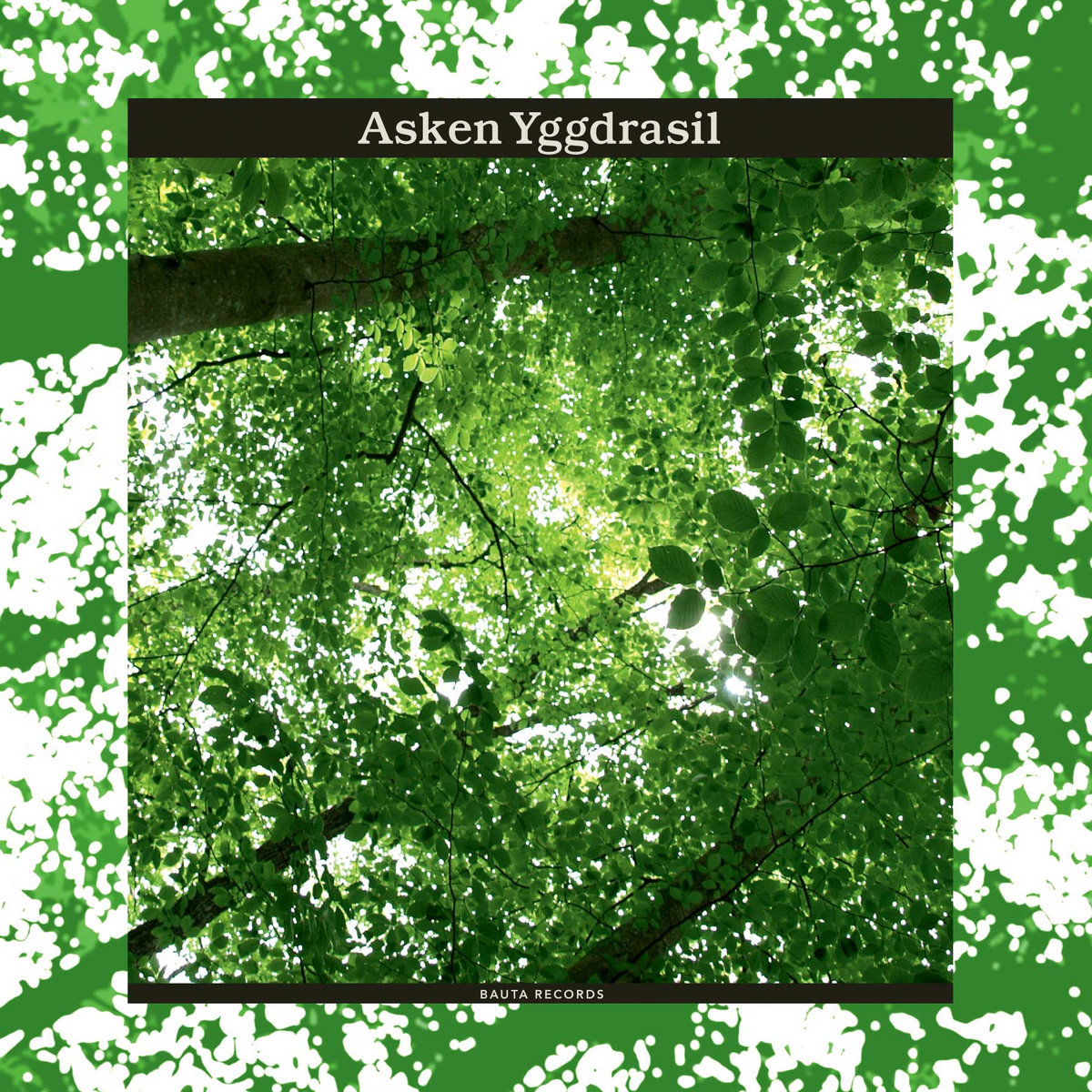
Was Fontana Mix your first band or were you part of any other groups at the beginning?
It was this work with my brother and another friend. I guess you could call that a band. But we only recorded at home.
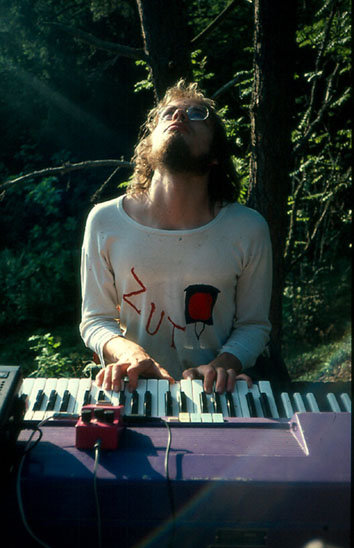
“We were into the tradition of free improvisation and happenings”
The now called Fontana Re:Mix are: Magnus Alexanderson, Björn Hellström, Lars “Lachen” Jonsson. After nearly 40 years the original trio has revived, with new music. ‘Traces Of Time’ is the result.
Fontana Mix started in 1978, about two years after I had closed this early recording studio. I had started to study music with a higher ambition, to become a professional. Magnus Alexanderson and Björn Hellström also studied music and we wanted a forum to try new music, composed by ourselves, but we were also much into the tradition of free improvisation and happenings. The spirit of John Cage was there. And the title of the group because of that. We moved to Stockholm in 1980 and worked together until 1982. Made a lot of concerts but no album.
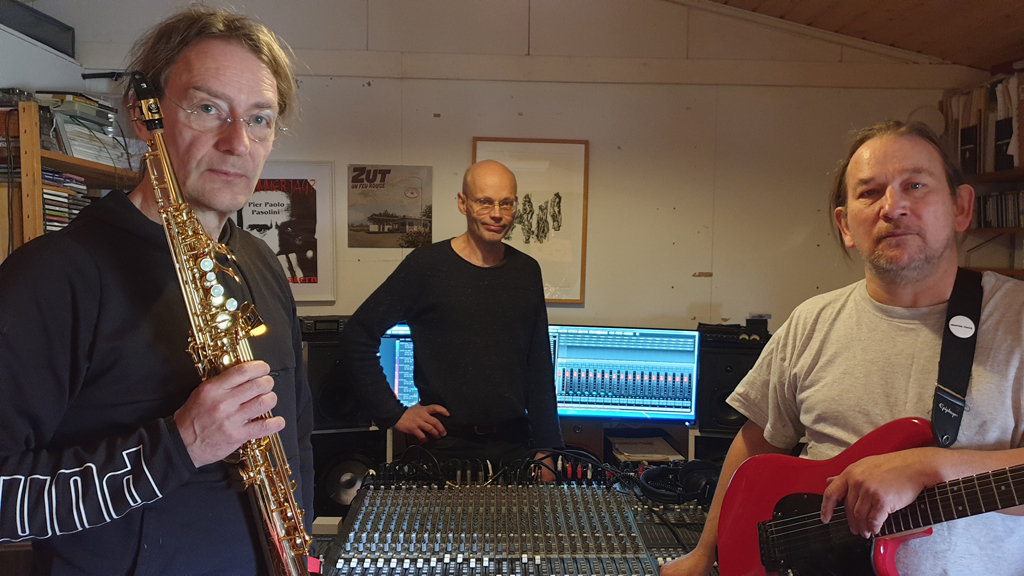
The band started in Linköping. What was the “alternative” scene like there? I guess it’s a rather small city…
Alternative music live-stages were more active than today during those days in Sweden. There was a music movement and network over the whole country. “Music Forums” popped up in many towns. New independent record labels started also (maybe you have heard of this development in the 1970’s?).
Linköping also had a very important jazz club (Complete Communion). They arranged concerts with artists and experimental music from around the world. This was also very important for our trio. To meet and hear Art Ensemble of Chicago, Anthony Braxton, Henry Cow, National Health, et cetera.
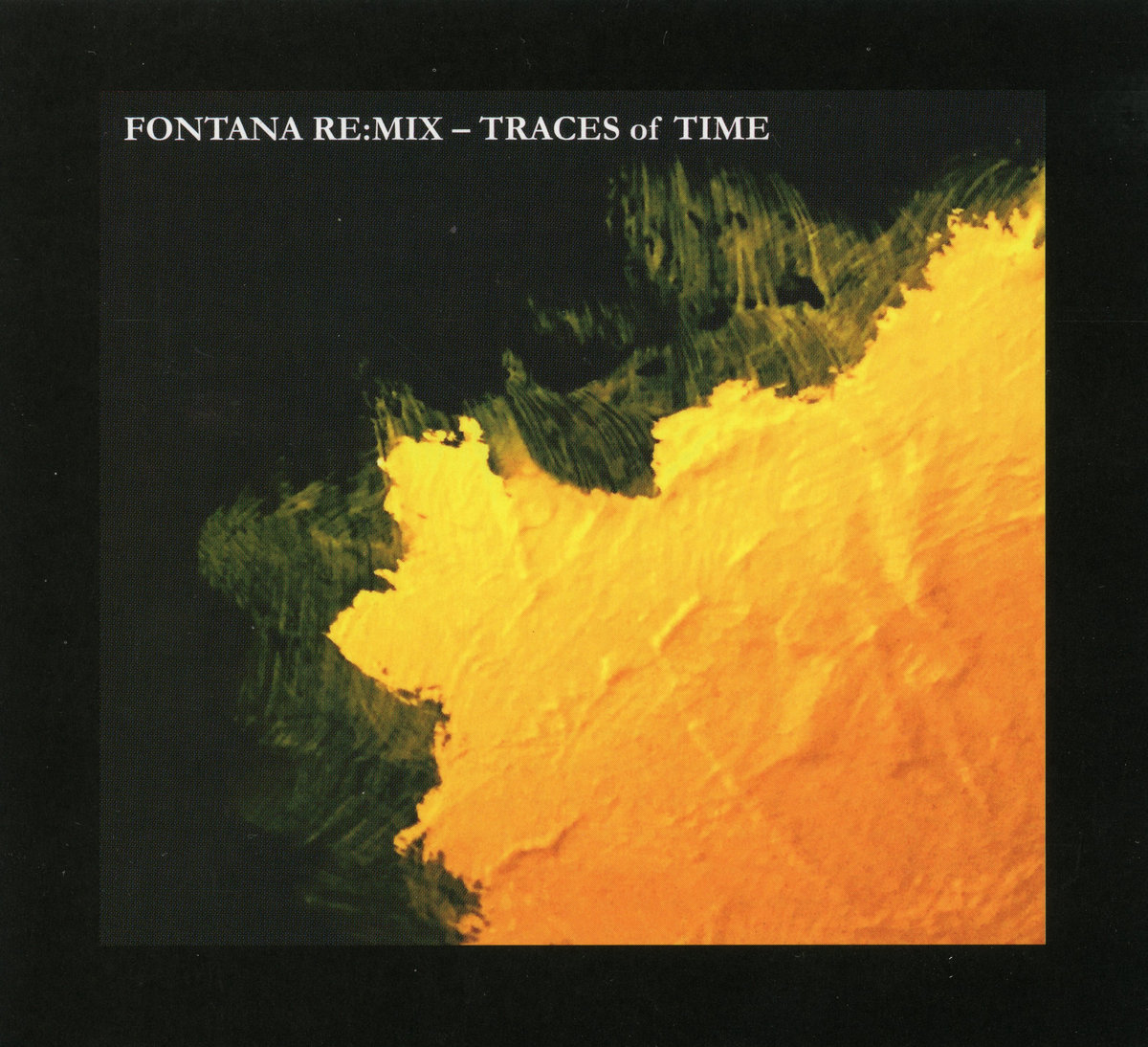
Would you like to discuss the formation of Zut Un Feu Rouge and release of ‘Kafka Vs Chaplin’ and ‘Who’s Afreud’?
Zut Un Feu Rouge was a formation of school mates, with low competence in music but wild ideas of performance and alternative culture. Some kind of “post-punk” regarding the attitude. For some reason we started to play and arranged some concerts locally.
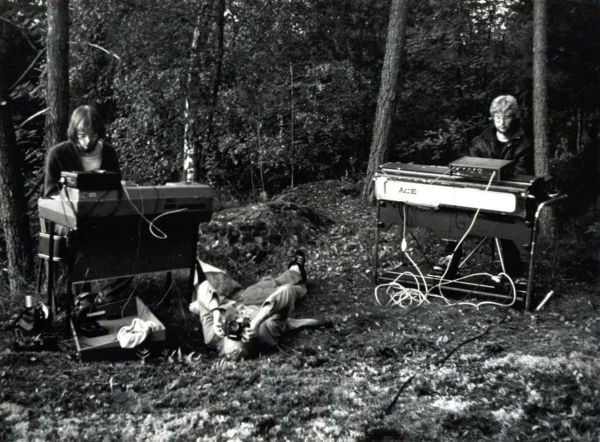
Later we also played in Stockholm and some other places. The albums started around the fact that I (and a friend) bought an 8-channel tape recorder, and other recording equipment. We could then do the work on our own. Just as we wanted. The label Bauta Records already existed, among friends, but we took it to a bit more ambitious level.
And we managed to get contacts abroad, for distribution et cetera. This work was made together in Zut. But after a couple of years, Bauta became my interest and project, at first hand.
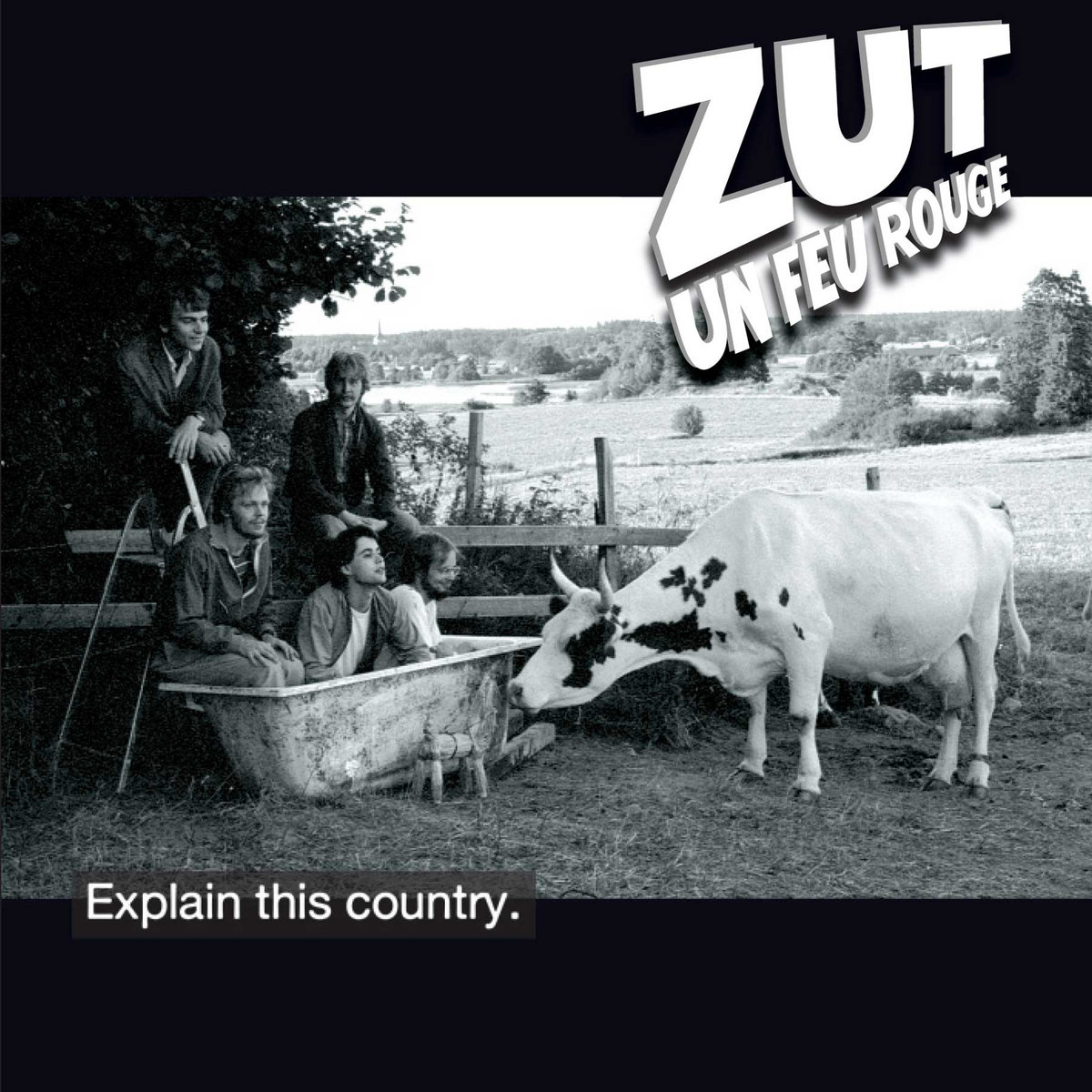
What about the recent 2019 release of ‘Childwoods’?
Zut stopped playing music after 1986. Almost 20 years later we started to meet, to work with the reissue CD; ‘Explain this country.’. After that we kept regular contact. Played live a few times, mostly at my home. And with new musical material that grew around 2015 – 2018, we decided to make a new album. And vinyl was the best format for that kind of music.
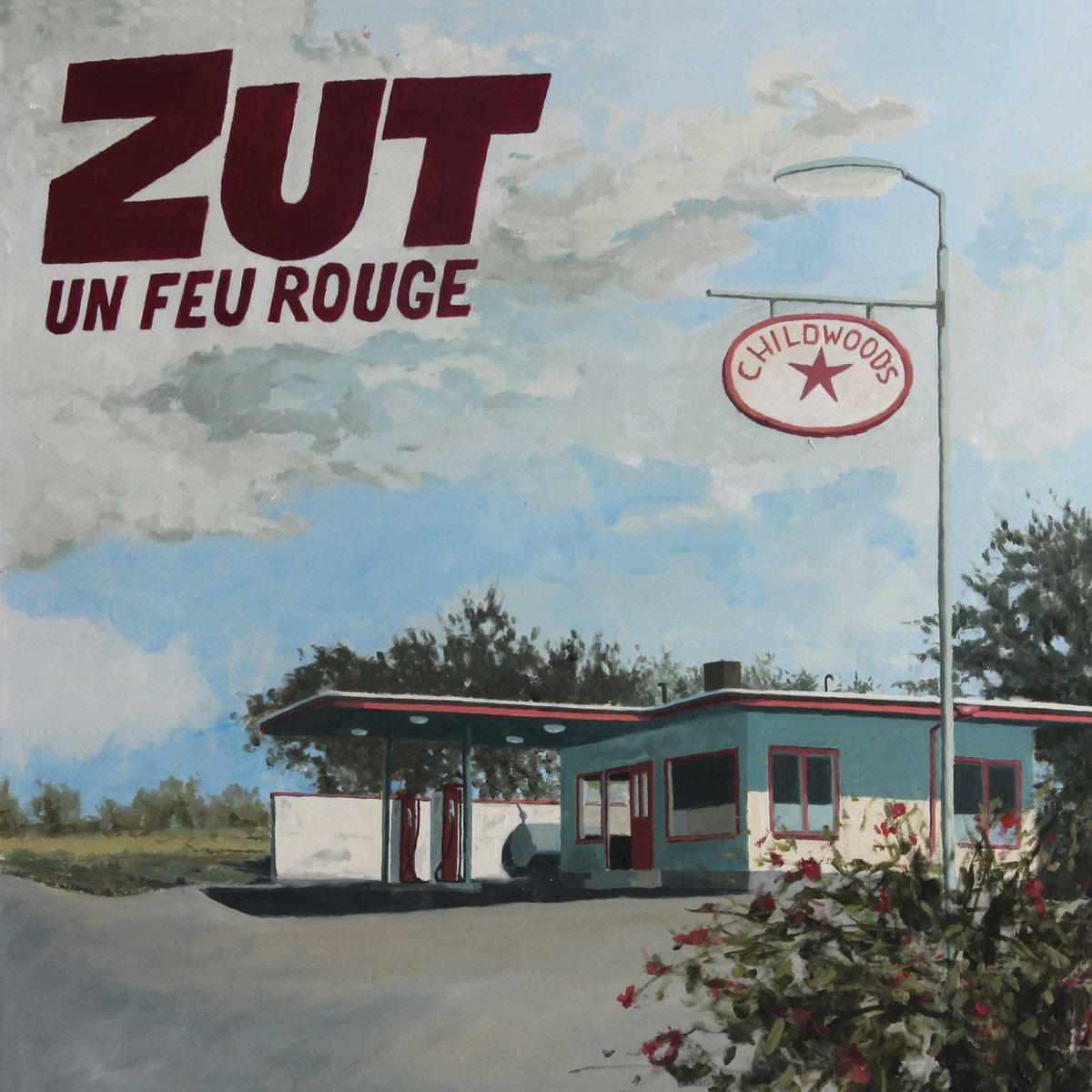
This was mostly for fun. The music on ‘Childwoods’ is less experimental than the early albums.
A bit more rock music and a steady beat. The song lyrics, and the title, picks up histories around our childhood and events from the 60’s. But I shouldn’t call it nostalgic.
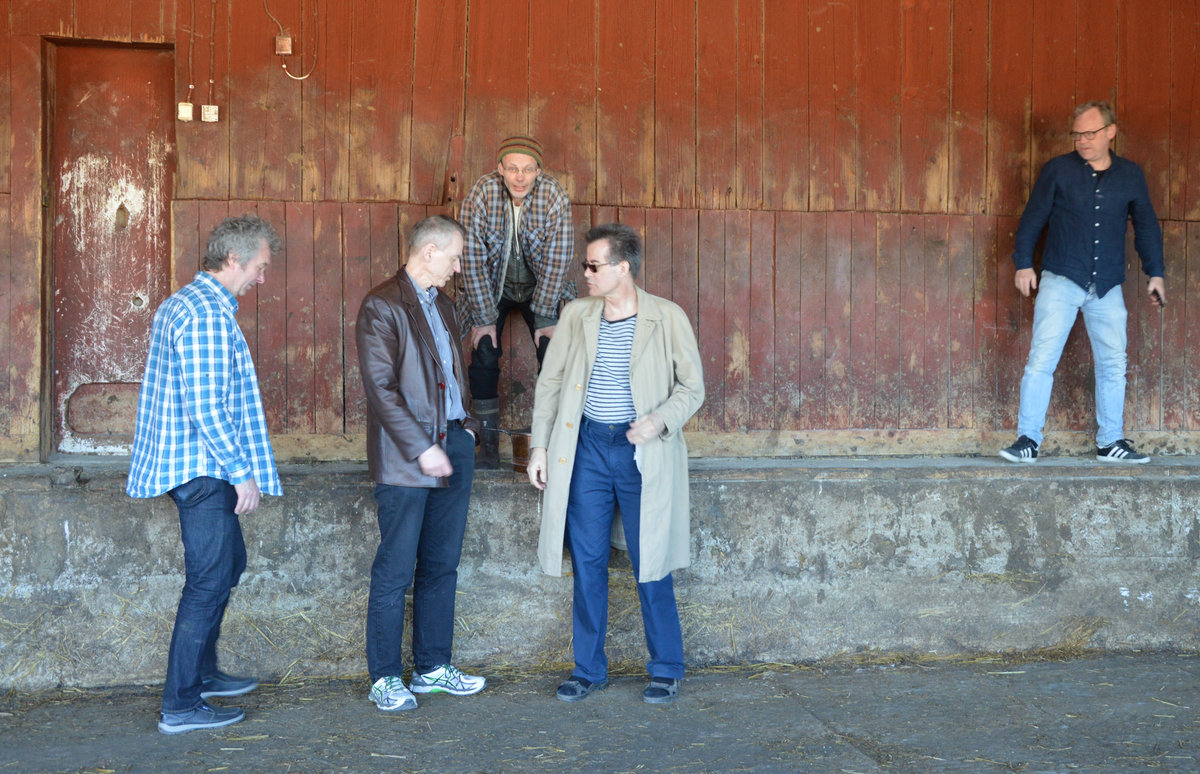
You also released material under the moniker of Lach’n Jonsson. Tell us the stories behind 1985 ‘Music For The Dying Forest’ and 1989 ‘Songs From Cities Of Decay’. Would you agree that the albums’ concepts are connected?
As I said I created my own recording studio in the countryside, at home. I had plenty of time to experiment. But the record label also managed to get some cultural support from the Swedish state. Both these albums were supported. ‘Music For The Dying Forest’ is a very political statement. I was very engaged around environmental issues (and I still am).
But the music is quite playful and spontaneous. There are many different kinds of styles and influences. Most of it is written down and played by myself. But there are also many guest musicians, which reflects the music I worked with the years before (Björn Hellström from Fontana Mix plays bass clarinet and soprano sax) and also the trio Ur, later Ur Kaos, which are part of two tracks on this album. We started in 1982.
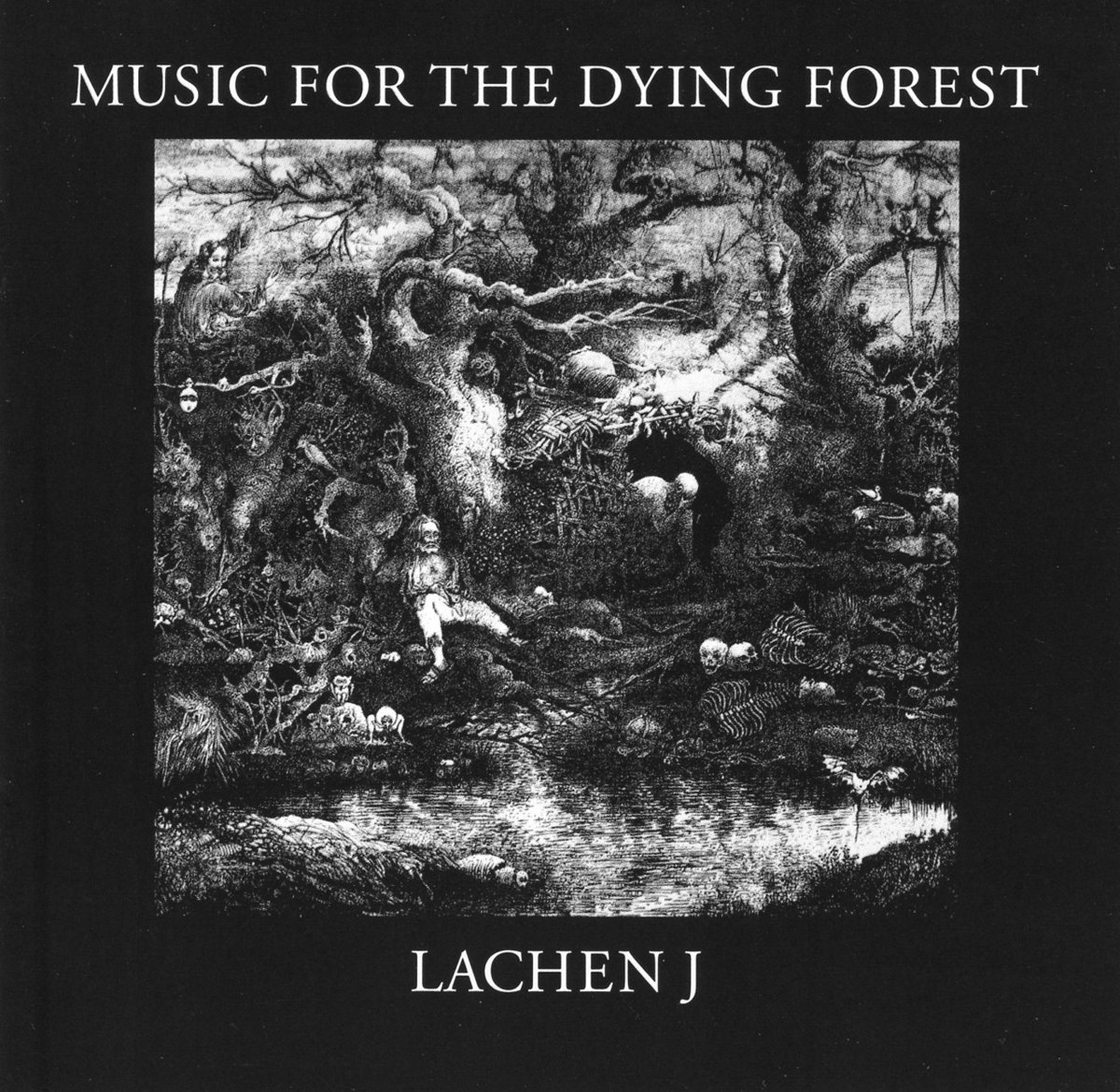
On ‘Songs From Cities Of Decay’ I decided to do it all on my own. I had developed the technique of recording. I also had studied the author Birgitta Trotzig and wanted to work with her texts and this theme around decay and apocalypse. The use of my voice was a growing interest.
The music here is more homogenic in style and in another mood. More melancholy, darker, heavier.
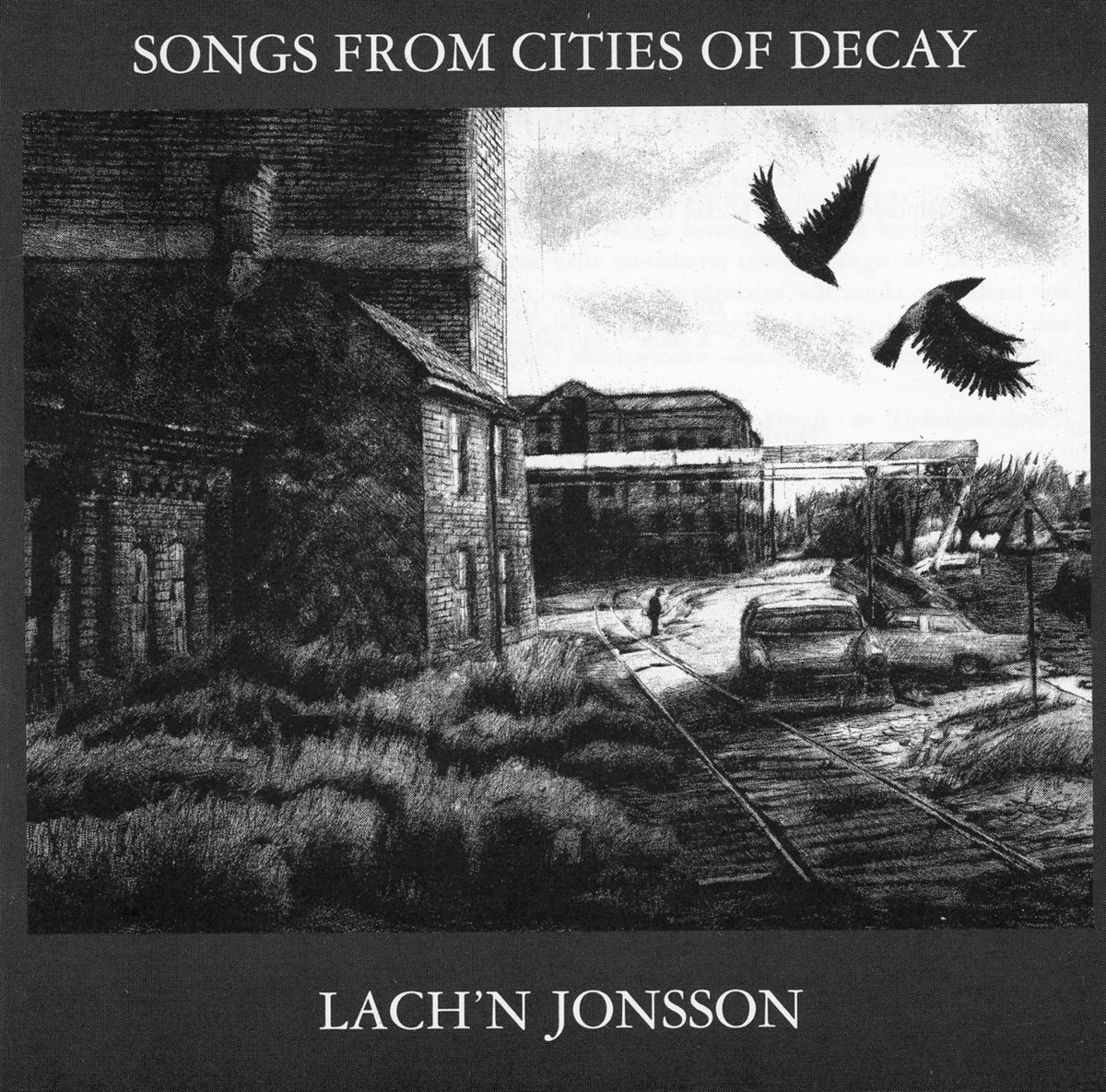
The two albums are in a way related, like a diptych. Nature vs City. Organic growth vs Civilisation. But I didn’t think very much about that when I made them. Musically there are differences, and similarities of course. The pictures on the covers are also an important part of the album concept. I collaborated with this (local) artist Göran Littorin, several times. But also other important and more well-known artists.
What can you say about the projects Morning Stand and Anna Gram?
These are releases with friends in the local Linköping area. We created the sub-label Bauta Twisthouse also for some of these releases.
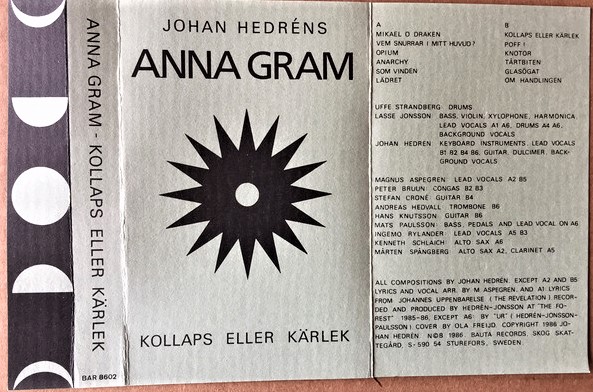
We wanted to support local music of different kinds. It was fun to play bass-guitar on Anna Gram, but it was less of my own musical interest, even if Ur (Ur Kaos) also is on one track on this cassette.
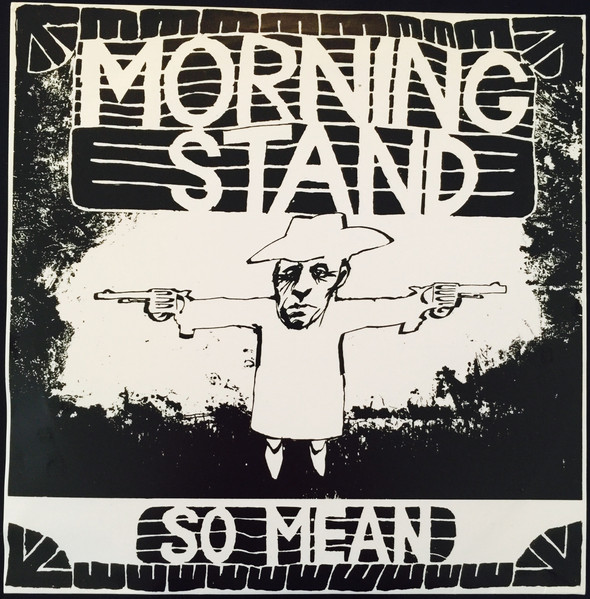
Ur Kaos is among the most interesting bands in your career… You managed to release four albums. Would you like to discuss the making of those four albums and how the band progressed during that time?
There are only three albums with Ur Kaos. As I said the group was earlier called Ur, and created the conceptual project ‘Organic Soundscape Music 2’, together with two other musicians. The cassette released was a documentation of this.
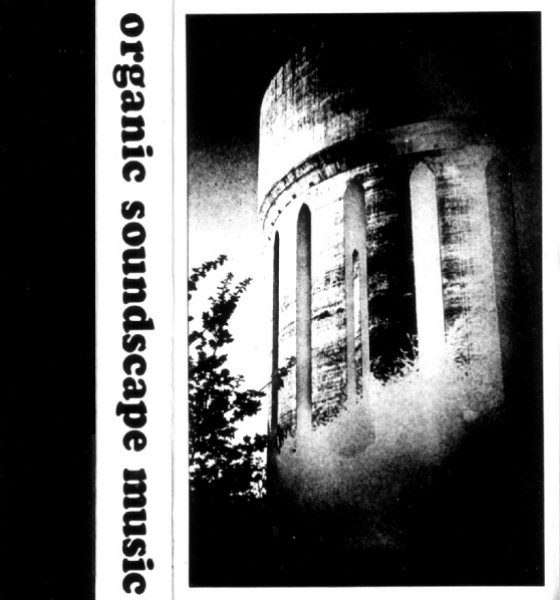
The three albums are all a result of improvisations in the studio. The process is very much like the one with Fontana Re:Mix. A lot of raw spontaneous material was recorded. And then a long work of editing, mixing and adding of vocals et cetera, creating it into songs. The group did a few concerts during 1987 – 1990, but that wasn’t our main focus. It’s obvious that the music has changed or developed between the albums. Each one has its own specific character. The first (1987) is maybe the one with most audible stylistic influences.
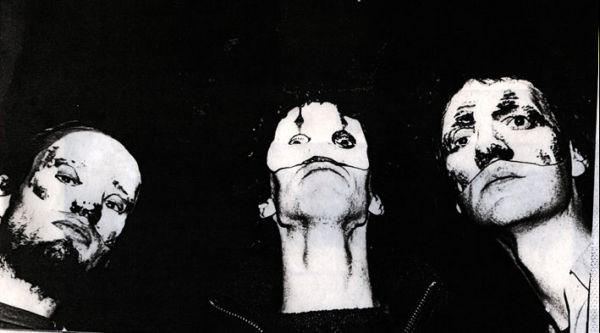
Music like This Heat, Art Bears and Magma was important for us. Maybe you can hear something about that? Number two goes deeper into our own signum, which we call “art punk”. The sound is very dirty and there are more electric guitars (Magnus Alexandersson is a guest here).
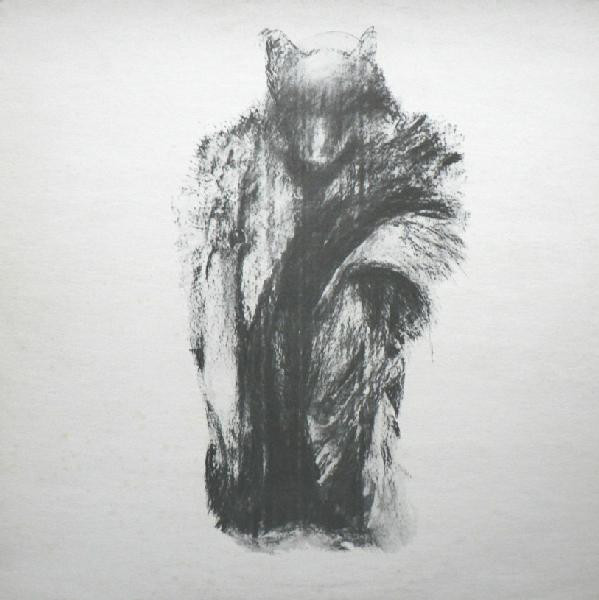
The rhythms are a bit simpler, more “straight-on”. Number three took a very long time to get ready, and the group couldn’t work together after that. This is the most unique of the albums. The change to Swedish lyrics creates a different atmosphere. It’s more “dreamlike” , “floating” or “Nordic”. The songs are short and very simple. Often it’s just one chord or one rhythm repeated. Apart from our own writing, on all albums we have used some important lyrics from famous writers, like Aeschylos, Shakespeare, William Blake, Swedenborg or Jacob Böhme.
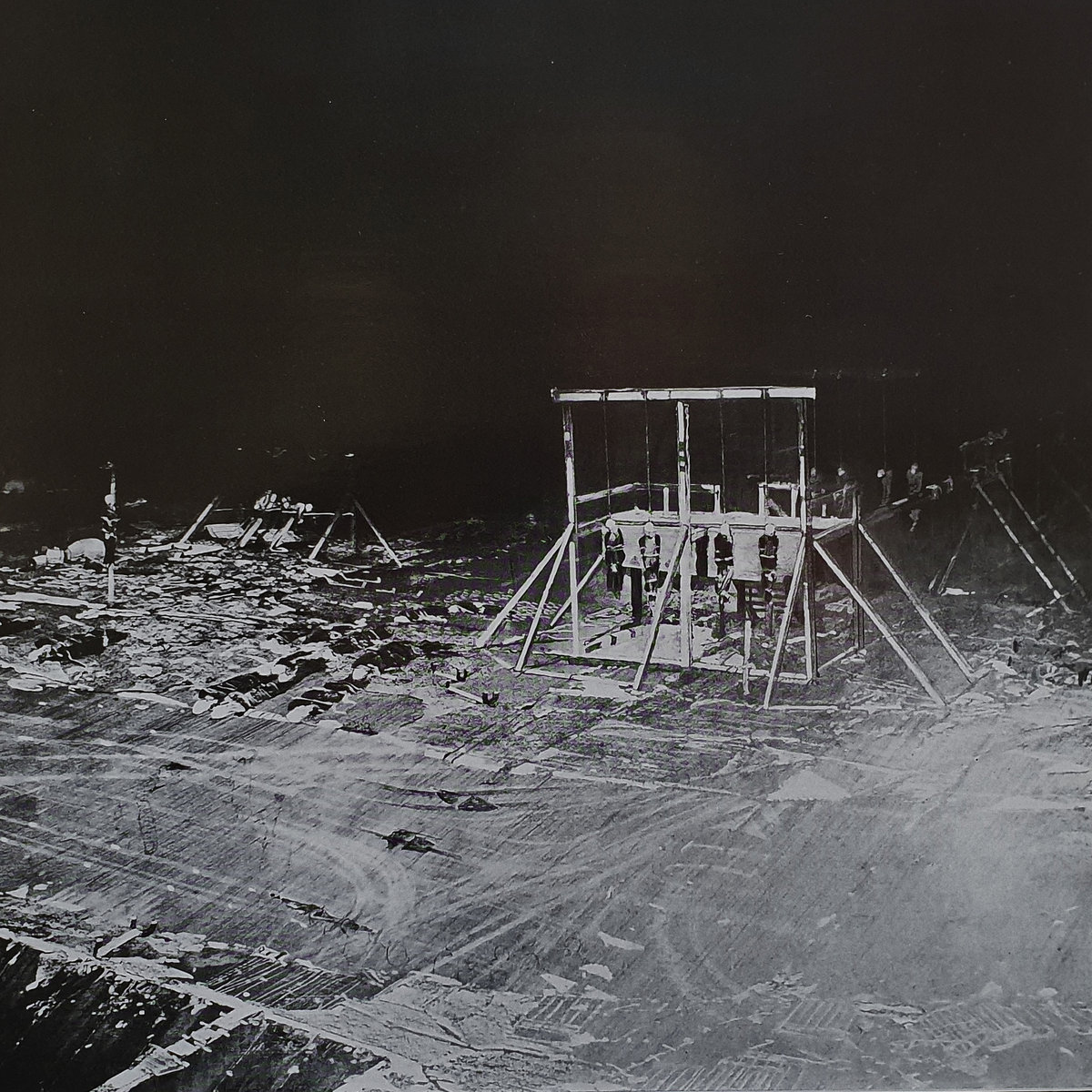
When did you first get in touch with Chris Cutler?
This was through record distribution. I started to send him the releases of Bauta Records for his Recommended Records. This was around 1984. Later in the 80’s I helped to arrange a concert in Linköping with him and the “4 Guitarists”, from Canada.
‘Songs Between Cities And Waterholes’ is another very interesting release with Cutler.
This project was an initiative between me and Sten Sandell, who was an old friend from youth in Linköping. We put some music from our latest albums (‘Music From a Waterhole’ and ‘Songs From Cities of Decay’) together in this.
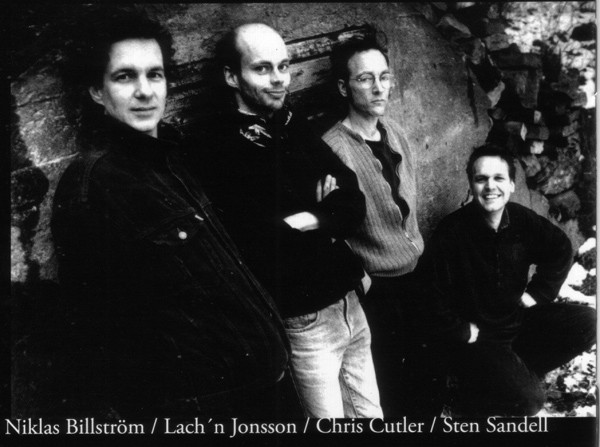
Niklas Billström on bass also grew up in Linköping, but in the early 80’s, in Stockholm, also played with Fontana Mix. Songs Between Cities And Waterholes is a music with a mix of strict composition and free improvisation. We invited Chris Cutler, and in 1992 managed to organize a tour in Sweden, Denmark, Germany and France. We recorded the concerts, and I released after that a short CD with some of the songs. We hoped to make a second tour two years later, but this didn’t work. A couple of songs from the later rehearsals in 94, I added to an extended CD-release with the same title, 2010.
What led to Bauta Records and what was the initial idea behind it?
As I already said, it was the first Zut Un Feu Rouge album that started my work with this. The idea was mainly to publish new and experimental music, but of different kinds. The local perspective (Linköping area) was also important. But as I said earlier, we sometimes compromised around the musical style and published local rock, blues or classical music, with people we knew.
“RIO in itself is not a musical style or idiom”
What’s your definition of “Rock in Opposition”?
RIO was a movement in the 1980’s that gathered a couple of groups with some similar ideas and attitudes towards music and also the making and distribution of music (to be independent). Musically most of the groups are important, but RIO in itself is not a musical style or idiom. It’s different kinds of experimental rock, or “art rock”. Some of it is rock music with strong influences from contemporary art music (“classical” 20th century composers).
What are some of the latest projects?
I made a sound installation last year, for art galleries in the towns Linköping and Norrköping. This was with music, sounds and lyrics, around a theme of being a refugee and living in exile. Poetry in exile et cetera. I hope to go on to make more of that kind of sound-art. The only projects going on now, is slow continuous work with Fontana Re:Mix (more recordings, and maybe one or two live concerts this year). Zut Un Feu Rouge are working with a short film to be published (with music) on YouTube, during the Summer. I hope there can be some more music from the archives with Ur Kaos. To publish on Bandcamp, maybe. Fragments, not a complete album. I also hope to do more solo work on the album, with new material, but I don’t know when this will take shape.
Looking back, which projects are you most proud of?
I can’t compare them. My own solo work is the most personal voice. But I don’t think in terms of pride.
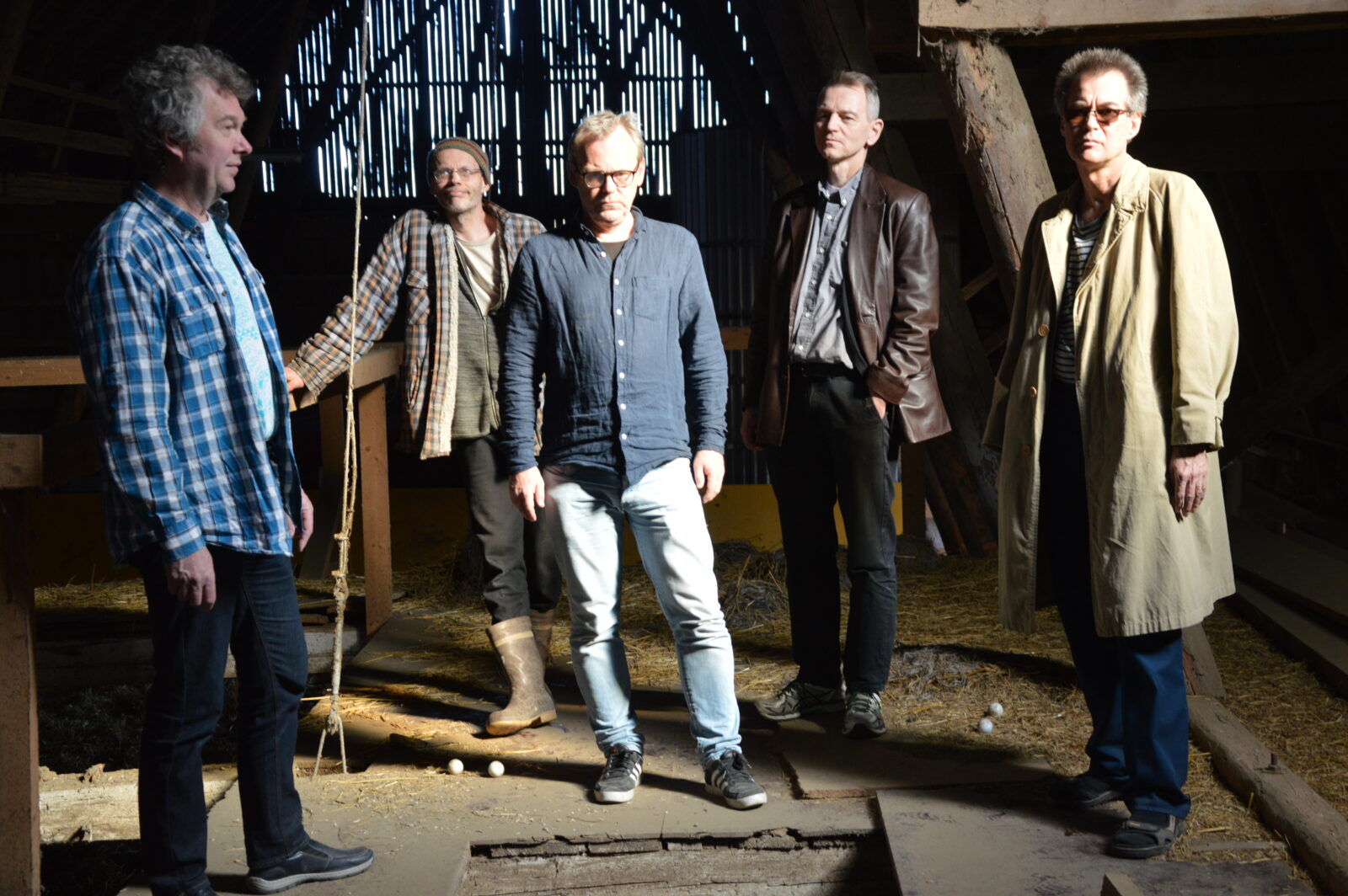
Thank you for taking your time. Last word is yours.
The best way to know me and the music I have made is of course to listen to the albums, and also to read the lyrics, the pictures and info on the covers.
Klemen Breznikar
Headline photo: Fontana Mix 1980
Bauta Records Official Website / YouTube

